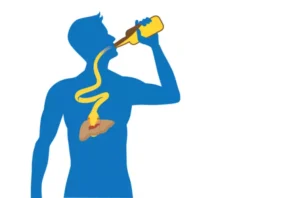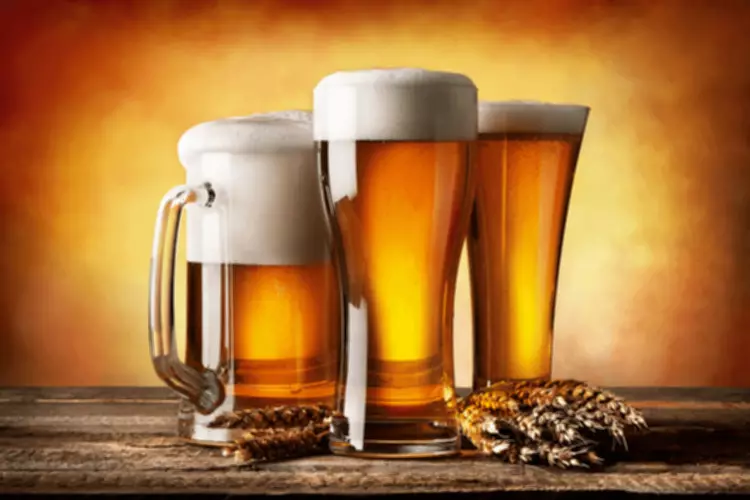
Scientists have learned a great deal about the biochemical, cellular, and molecular bases of addiction; it is clear that addiction is a disease of the brain. When a person is addicted to a substance, the use of that substance targets certain cells in the brain which triggers a feeling of reward or satisfaction. Substance abuse occurs with the excessive use or misuse of a drug beyond its intended purpose or prescription. The most common reason for drug and alcohl abuse is the desire to achieve a certain feeling or sensation. Unfortunately, the DSM-III committee expanded the definition of “substance dependence” to include not only physiological symptoms of tolerance and withdrawal but also other psychological and social symptoms, such as uncontrolled use and negative psychological and social consequences as a result of drug use.
Mental vs. physical dependence
Did you know that substance abuse can lead to other health issues such as addiction and dependence, which are both considered diseases? The use of drugs affect the brain’s response and reaction, and scientific research by the National Institute on Drug Abuse (NIDA) shows that drug addiction and dependence are diseases that affects both brain and behavior. Let’s look at the nature and progression of substance use that leads to abuse, dependence and addiction. Substance abuse, broadly defined to include abuse and dependence, exempts no one group of people from its reach. Regardless of age, gender, race or ethnic background, and level of education, according to government surveys, Americans use cigarettes, alcohol, and drugs—whether legal or not—and often do so in a compulsive fashion. Tobacco use accounted for all but 120,000 of those deaths, making it the most preventable cause of death and disease in the United States.11 The 1964 surgeon general’s report had a dramatic impact on smoking.
Tolerance, Physical Dependence, and Addiction Explained
Foundation, Kathleen Brady, M.D., Ph.D., noted that African-American men are less likely to drink alcohol than white men, whereas the opposite is true for women. Brady reported that although Hispanic men in the United States use and abuse alcohol at a addiction vs dependence high rate, almost 50 percent of Hispanic women do not drink at all. She also cited a 1990 report issued by the National Institute on Alcohol Abuse and Alcoholism noting that the alcohol-related death rate among Native Americans in 1988 was 5.4 times higher than it was for any other race. Mental dependence is when use of a substance is a conditioned response to an event or feeling.

Substance Abuse vs Dependence vs Addiction
Even the Centers for Disease Control and Prevention (CDC) is obviously confused about the distinction, as evidenced by the terminology page on their website, which states, “Drug addiction—The preferred term is substance abuse disorder.” This is false. To reiterate, the DSM-5 dropped the categories of “substance dependence” and “substance abuse,” and so the claim that substance abuse disorder is the preferred term for drug addiction is inaccurate. Also, in my experience, some professionals somewhat arbitrarily consider a substance use disorder to be an addiction only in cases where a “severe substance use disorder” can be diagnosed, as indicated by six or more of the 11 DSM-5 symptoms—which often includes tolerance and withdrawal.

Substance Addiction
“Dependence” refers to being unable to stop drinking without experiencing withdrawal symptoms while “abuse” refers to continuing to consume alcohol despite adverse consequences. This Forum session will provide an overview of the addiction process and the problems that arise from the use of tobacco, alcohol, and illicit drugs. The session will address treatment for substance abuse in broad terms, including some of the trends in pharmacological research that are showing promise, and discuss the latest information on what can work in terms of prevention.
Speak with your doctor if you develop a tolerance to your medication or any other substance. If you are taking a prescription medication, your doctor may change the class of medication, which may affect your body in a different way. If it is not a prescription medication, your doctor may be able to help you reduce your use of the substance with the least side effects. Additionally, undiagnosed or untreated mental health issues, such as depression, can be a predictor of eventual reliance on substances for self-management of negative affective states. It is important to keep in mind that physical dependence can occur without the patient developing a SUD.
- Tobacco use accounted for all but 120,000 of those deaths, making it the most preventable cause of death and disease in the United States.11 The 1964 surgeon general’s report had a dramatic impact on smoking.
- For example, preliminary research indicates that an expectancy challenge intervention focused on modifying non-prescription stimulant use expectancies and reducing stimulant misuse holds the potential for reducing stimulant misuse among college students (Looby, De Young, & Earleywine, 2013).
- This Forum session will provide an overview of the addiction process and the problems that arise from the use of tobacco, alcohol, and illicit drugs.
- In this case, medical support may be required to help wean the individual off the drug.
- He sees some people who took just a few weeks to develop an addiction to opioids, while others had a slower journey to their addiction.

Physical Harm – The patient has consumed alcohol in situations that are dangerous or that pose a threat to physical health. Below, O’Neill outlines some steps that can help prevent substance use and substance use disorder. John C. Umhau, MD, MPH, CPE is board-certified in addiction medicine and preventative medicine. For over 20 years Dr. Umhau was a senior clinical investigator at the National Institute on Alcohol Abuse and Alcoholism of the National Institutes of Health (NIH). Withdrawal symptoms appear when the substance use is reduced or stopped, resulting in a range of uncomfortable and sometimes dangerous effects.

The Verified badge on our articles is a trusted sign of the most comprehensive scientifically-based medical content.If you have any concern that our content is inaccurate or it should be updated, please let our team know at email protected. According to these guidelines, the presence of two or three symptoms suggests a mild substance use disorder, while four or five symptoms indicate a moderate disorder. If a person exhibits six or more symptoms, it is classified as a severe substance use disorder, commonly referred to as addiction.


